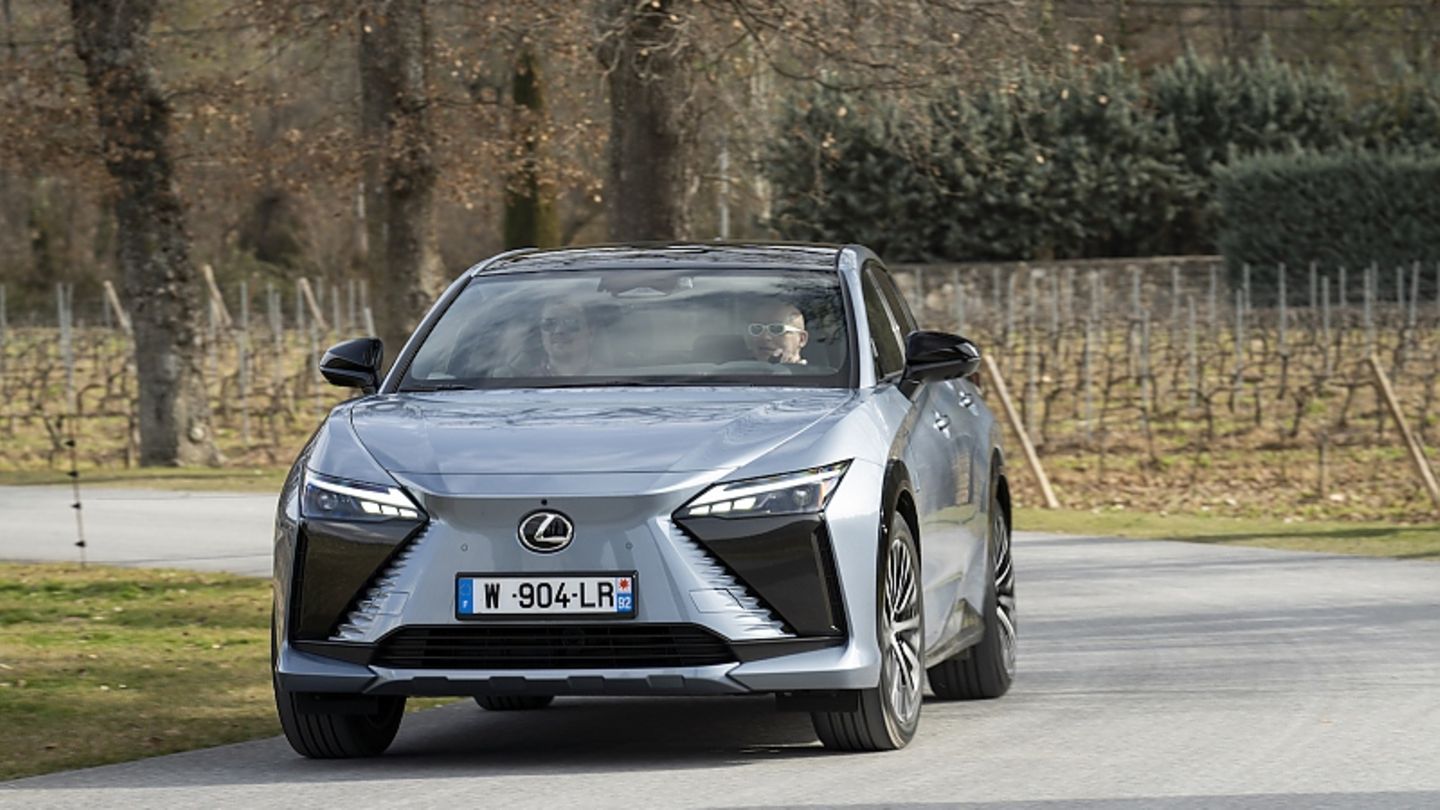The cars of the future are not just about the drive. The new steering technology Steer by Wire has been on everyone’s lips for many years, but there are currently no production vehicles on the road. Most manufacturers are testing the high-tech controller. Series production is likely to take place in 2024/2025.
Some still remember the spectacular study of the Mercedes SL of the R129 series. In 1998, Mercedes presented the one-off of its luxury roadster, which was not controlled via a leather steering wheel, but two so-called sidesticks in the door panel and on the center tunnel. Not only could the direction of travel be changed with the two levers, but the accelerator and brakes were also operated on the operating modules, which are reminiscent of joysticks from the world of game consoles. After many years of testing, steer-by-wire technology is now about to make a breakthrough. In addition to Toyota, Nio is driving the developments – with the appropriate expertise from suppliers such as Bosch or ZF. “ZF’s new steer-by-wire concept is a market-leading and forward-looking technology,” says ZF Board Member Holger Klein, “we look forward to working closely with Nio, an outstanding representative of the Chinese automotive industry, who is strongly committed to innovative technologies and business models and is a pioneer in the globalization of the Chinese automotive industry.” ZF will install its new electronic steering in the new vehicle platform from Nio, which is scheduled for market launch in 2025.
The steer-by-wire technology transmits the driver’s commands to the steering system entirely via electronic signals, eliminating the need for a mechanical connection between the steering wheel and the front axle. This enables new safety and comfort functions such as autonomous evasive maneuvers or parking in tight spaces. This is considered a milestone on the way to self-driving vehicles by opening up new design and development freedoms.
In addition to Nio, General Motors also wants to equip its new electric models with steer-by-wire steering. The new Ultium platform, on which models such as the Lyriq or the Celestiq are based, is already prepared to enable the next-generation Supercruise driver assistance system. Toyota is now one of the first to step out of cover in Europe. The electric mid-size SUV Lexus RZ 450e will get the new electric steering. However, not at the market launch this spring, but only at the beginning of 2025. What initially sounds unspectacular and overly technical is a quantum leap into the future in the automotive industry, because until now the rigid connection between the steering wheel and the front axle was mandatory. Power steering, variable gear ratio and electric assistance – all of this has been around for a long time, but in 2025 the Lexus RZ 450e will be one of the first production models with purely electric steering without this rigid connection. This not only saves installation space in the front end, but also enables a completely new steering feel. Two two and a half revolutions will be enough in the future for short movements in the hands and forearms that the front axle hits the maximum and the car drives jaggedly around the corner.
In prototypes like those from the supplier ZF, steer-by-wire steering has been used for some time. The challenges are great; After all, it is important to create a steering feel that is as natural as possible without a real connection between the front axle and the steering wheel. During our test drives in a VW ID.3, we clearly felt the difference between smooth asphalt and cobblestones, we noticed when the front wheels started to scrape and the car started to understeer. The developers want to rectify small weaknesses such as jerking when the camera is stationary when it is fully locked. All in all, ZF is slightly ahead compared to Schaeffler-Paravan. Even if the system of the men from the Swabian Alb – with great expertise in the field of vehicles for the disabled – is also well developed.
“We already have large-scale series experience with safety systems,” explains Manfred Meyer, head of active safety, steering and braking systems at ZF. The Friedrichshafen-based supplier has many years of expertise in integrating brakes, rear-axle steering, brake-by-wire and, of course, electromechanical steering. This process reliability is what tips the scales. Simulations and the test engineers’ famous popometer do the rest. The background supplier also helps when it comes to redundancy. The software plays a major role here. “Basically, we recognize errors before they occur,” says Manfred Meyer and goes on to say that the system is not immediately switched completely offline as soon as a malfunction is announced, but rather it runs through various stages. In addition, the ZF steering system uses two electric motors. The minimum number when it comes to redundancy. The steer-by-wire system is another step in the transformation of the supplier. “We’re moving away from gears towards semiconductors,” Scheider sums up the company’s change in vivid words and adds: “The software-defined vehicle brings more changes than electromobility.” And that’s where ZF wants to lead the way and not be a fast follower be. Because in the digital business models, it is truer than ever that the second is already the first loser. Products such as the cubiX software platform together with the Chassis 2.0 concept and Vehicle Motion Domain Controller were unthinkable a few years ago.
Source: Stern
I’m a recent graduate of the University of Missouri with a degree in journalism. I started working as a news reporter for 24 Hours World about two years ago, and I’ve been writing articles ever since. My main focus is automotive news, but I’ve also written about politics, lifestyle, and entertainment.




